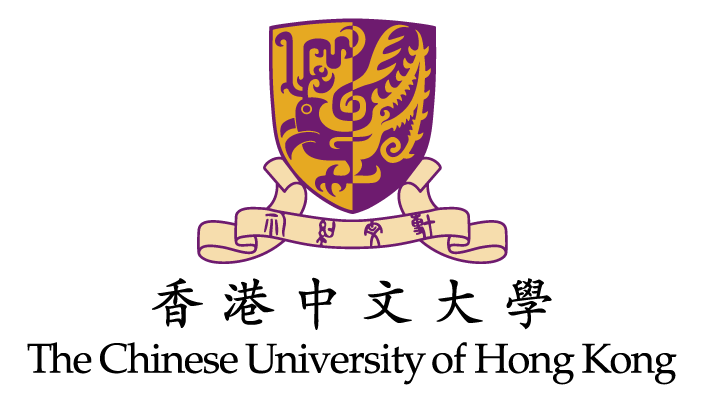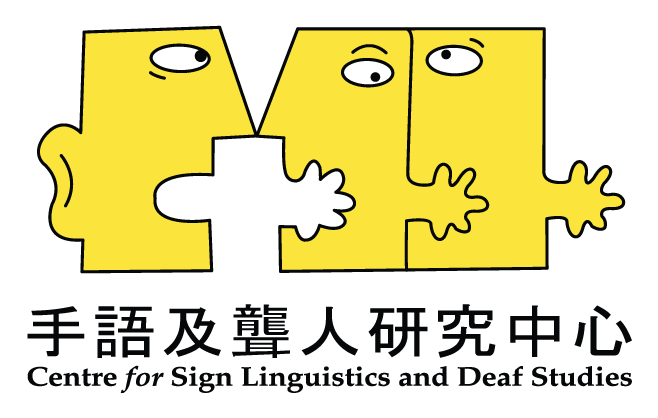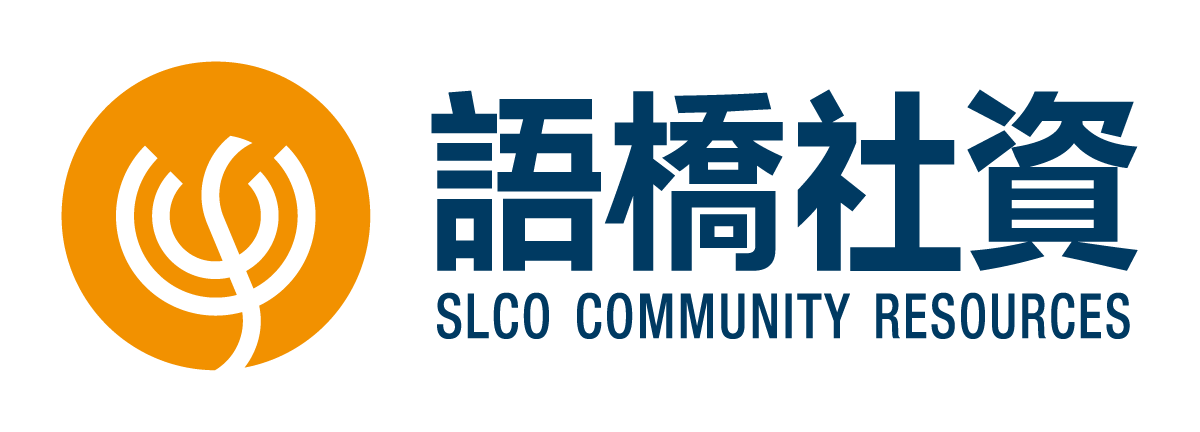Rationale
Sign language is a visual language with a full-fledged grammatical system. Research has shown the advantage of using sign language to facilitate the development of spoken languages in the education process, both in speech as well as in spoken language literacy. Equally important for hearing students enrolled in this programme is the provision of a linguistically rich environment supported by a variety of pedagogical autonomous learning, literacy and academic attainment, as well as the nurturing of a positive social attitude towards students with special needs.
Overall Objectives
- Students graduating from the programme are expected to be linguistically competent in Chinese, English and Hong Kong Sign Language.
- Academically, they will be strong enough to continue to pursue secondary education and ultimately post-secondary education.
- The research will focus on: (1) the educational processes involved in the experimental programme and the students' ultimate education attainment; (2) acquisition of spoken language literacy as well as Hong Kong Sign Language of both deaf and hearing students; and (3) oral language development of deaf students.
Advantages of Sign Bilingualism
- Enables both deaf and hearing children to become linguistically competent in both spoken and sign language;
- Develops strong literacy skills in both Chinese and English; and
- Nurtures a positive attitude towards deafness and social integration between the deaf and hearing populations through an understanding of the strengths of spoken and sign language.
Advantages of co-enrolment
- Provides access to a broader curriculum encompassing linguistic and social diversity;
- Benefits from a variety of teaching strategies such as learner-centered approach, project learning, cooperative teaching and learning with individualized attention to cater for specific learning needs; and
- Enables deaf and hearing students to experience a culture that stresses social integration and intercultural communication.




